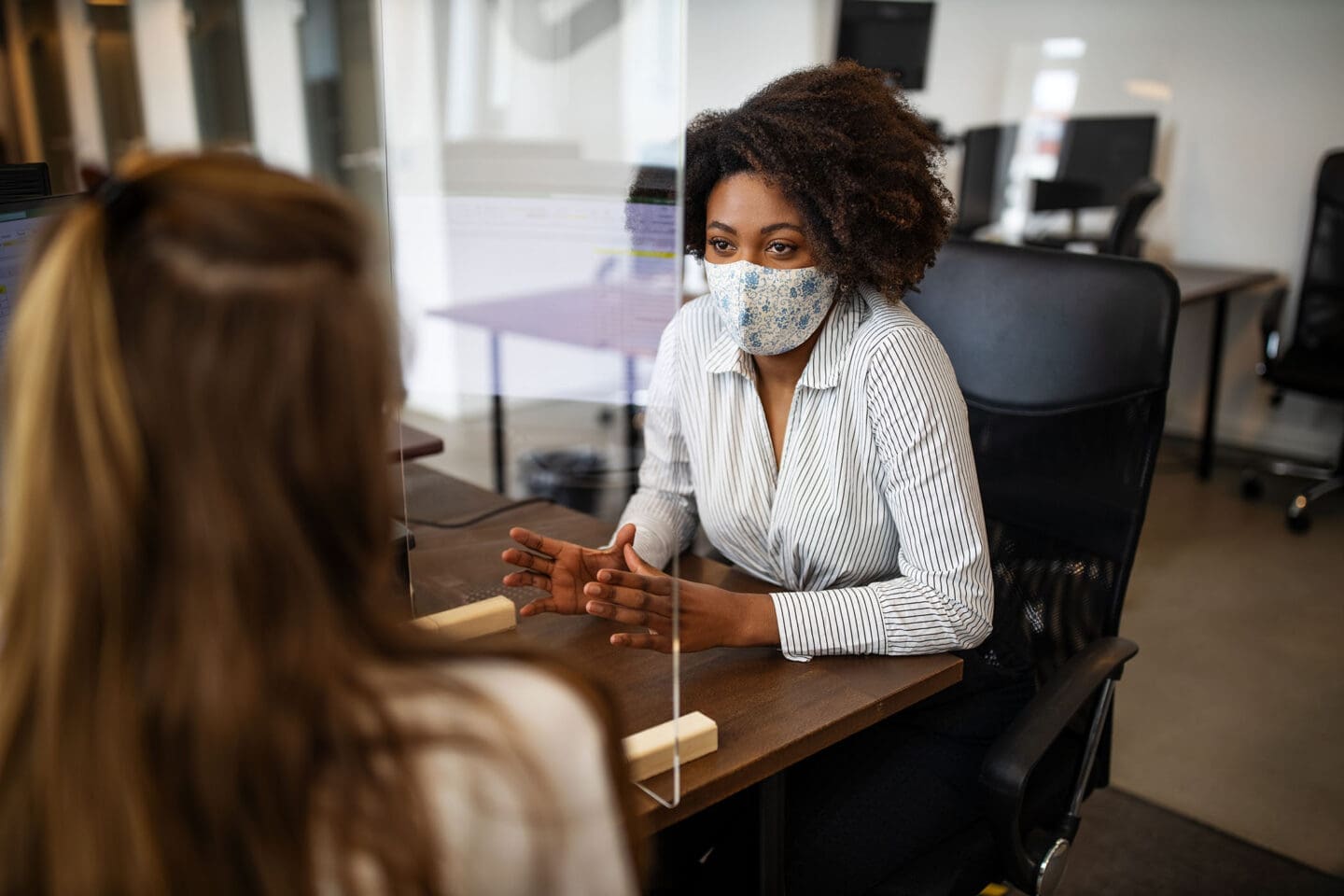For many children in the United States, the 2020 school year is beginning online, presenting a difficult set of challenges to keep kids learning. The importance of schools goes far beyond the academic benefits of in-person instruction. Schools provide meals, access to health services, and a safe space for students to develop social and emotional skills. Prolonged school closures can jeopardize access to these resources, particularly for the most vulnerable students. School closures also affect parents and guardians. More than 41 million adults were a care provider for a child under the age of 18 in the United States in 2018. During the Covid-19 pandemic, the care of children for many of these adults has collided with work. A survey of working parents in May and June by Northeastern University reported that 13% of the 2,557 participants had to reduce their working hours or leave work entirely to compensate for the loss of childcare availability due to school and childcare closures. Those still working reported an average of eight working hours of the week lost to childcare needs.
While schools provide many important benefits, they also are at risk for outbreaks. Recent studies have found that infected children are able to transmit SARS-CoV-2 to other children and adults. It has also become clear that infected children are often asymptomatic (e.g., 57% of students involved in an Israel school outbreak were asymptomatic, and 41% of students from a retrospective analysis of primary school outbreaks in France were asymptomatic), making symptom screening or temperature checks insufficient to identify potentially infectious children. The concern is that schools that reopen for in-person learning, particularly those in high-prevalence communities, will face cases and outbreaks of Covid-19. Without mitigation measures in place, schools are considered a high-risk environment for transmission due to close and prolonged contact among large numbers of people in a poorly ventilated, indoor environment with many high-touch surfaces.
Unmitigated or uncontrolled school-related outbreaks can have substantial impacts on students, household members, teachers and the wider community. While infected children are less likely than adults to require hospitalization, it is possible for children to become severely ill. The American Academy of Pediatrics and the Children’s Hospital Association note that 0.2% – 7.9% of all child Covid-19 cases resulted in hospitalization, constituting 0.7% – 3.6% of total hospitalizations. Children represent less than 1% of deaths due to Covid-19 in the United States, and the case fatality rate among children has been consistently under 1%. However, the risks of severe illness are disproportionately high in children of color; 78% of Covid-19 deaths in children under the age of 21 reported from mid-February to July 2020 were Hispanic, non-Hispanic Black, and non-Hispanic American Indian/Alaska Native children. Furthermore, it is not only children who are at risk of outbreaks in school buildings. Outbreaks in a school in Israel and a summer camp in the state of Georgia led to infections in 16.6% and 56% of staff, respectively. School outbreaks also can easily spill into the greater community, such as what occurred in Israel when 87 close contacts of school community members became infected.
In order to facilitate the safe reopening of schools, measures to prevent SARS-CoV-2 transmission must be at the forefront. This document aims to aid discussion around whether and how to reopen by 1) helping school administrators to assess the risk of SARS-CoV-2 in their schools and 2) identifying key considerations in developing a screening program to regularly test students and staff for the virus to support schools to open in-person more safely. Because the evidence on how to open is limited, school administrators should expect guidance to evolve, as schools develop more experience and evidence.
